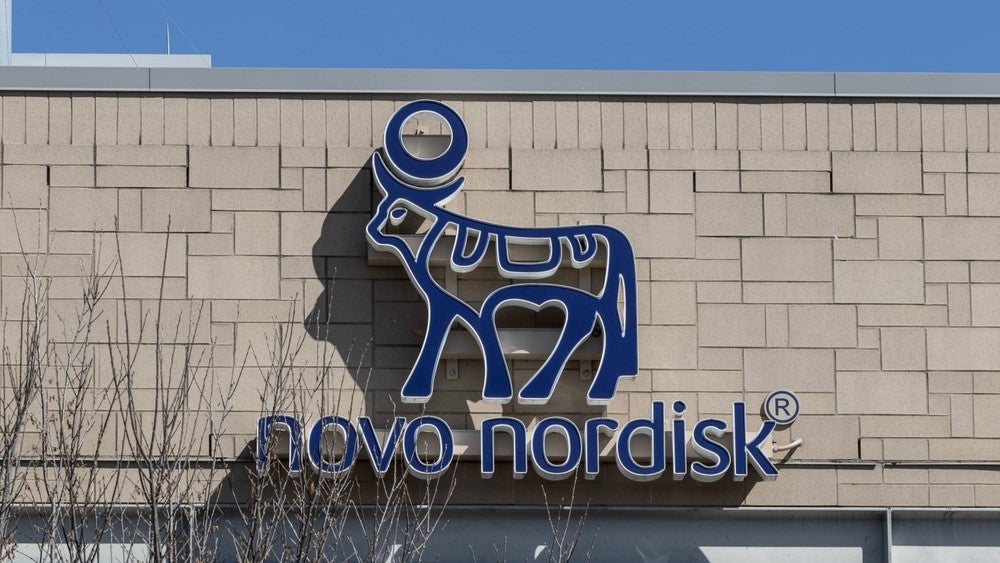Fresh Tracks Therapeutics has announced a proposed dissolution and liquidation of the company in “an orderly fashion” as stated by Andrew Sklawer, President and CEO of Fresh Tracks. Following the report on 19 September, Fresh Tracks stocks witnessed a 53.4% increase on market open of 20 September compared to market close on the 19th, with a market cap of $5.292m.
The board agreed to this after multiple attempts to save the biopharma company through mergers, asset sales and financing without success. With the present development, Fresh Tracks is shutting down all clinical and preclinical development programs, and laying off most of its employees by early October leaving out key members of staff to complete the company’s dissolution. In addition, it will file a certificate of dissolution and a delisting from Nasdaq.
The biopharma is also planning to meet with shareholders in the fourth quarter of this year to seek liquidation and dissolution approval, after which all remaining cash will be distributed to shareholders. Liquidating distributions will be made based on outstanding shares (5,926,497 shares of common stock) as of 19 September 2023 at an aggregate amount of between $5m and $7m, or $0.84 and $1.17 per share.
The news follows the amendment of its Asset Purchase Agreement (APA) with Botanix Pharmaceuticals and Botanix SB after the sales of sofpironium bromide, which the CEO of Fresh Tracks thought would strengthen their financial position at the time.
The company’s assets under development include FRTX-02 for autoimmune diseases currently in Phase I stage 2, FRTX-10 (indicated for autoinflammatory diseases) and FRTX-03 in preclinical stages and another in discovery phase.
Fresh Tracks has stated that although it has plans to shut down operations, it will change its mind if it receives an offer of superior value to its shareholders.
Our signals coverage is powered by GlobalData’s Thematic Engine, which tags millions of data items across six alternative datasets — patents, jobs, deals, company filings, social media mentions and news — to themes, sectors and companies. These signals enhance our predictive capabilities, helping us to identify the most disruptive threats across each of the sectors we cover and the companies best placed to succeed.















